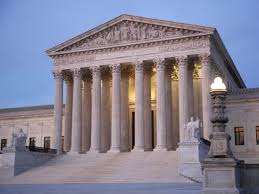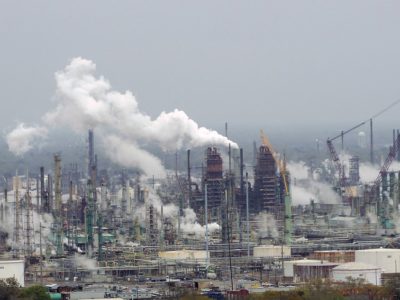stationary sources
EPA and the Student Loan Decision
Will the major questions doctrine block EPA’s proposed rules?
Biden v. Nebraska, the student loan case, provided a new opportunity for the Court to apply the major question doctrine. Does this decision increase the threat that EPA’s proposed new regulations will be struck down under this doctrine? A careful reading of the majority opinion is at least somewhat reassuring. The Court painted a picture …
Continue reading “EPA and the Student Loan Decision”
CONTINUE READINGHouse Subcommittee Considering Clean Air Act Amendments to Weaken Bedrock of Stationary Source Permitting
Proposed changes to NSR could have significant impact on EJ communities
The House Energy and Commerce Subcommittee on Environment is currently considering amendments designed to weaken the New Source Review permitting program. The GOP proposal has been floating around since a discussion draft was released in May based on a bill introduced last year by Rep. Morgan Griffith (R-Va.), but seems to have flown under the radar until …
CONTINUE READINGOut With the Old, In With the New
A recent GAO report pulls together a lot of information about electricity generators, which shows how much of our air pollution problems are due to aging plants: Older electricity generating units—those that began operating in or before 1978—provided 45 percent of electricity from fossil fuel units in 2010 but produced a disproportionate share of emissions, …
Continue reading “Out With the Old, In With the New”
CONTINUE READINGJackson Announces Proposed New Stationary Source Rules for Greenhouse Gases
EPA Administrator Lisa Jackson, speaking at the California Governor’s Global Climate Summit, has announced a proposed new Clean Air Act rule requiring new and modified stationary sources to install the best available control technology to control greenhouse gas emissions (GHGs). The text of the proposed new rule can be found here. According to a press release about …
Continue reading “Jackson Announces Proposed New Stationary Source Rules for Greenhouse Gases”
CONTINUE READING





